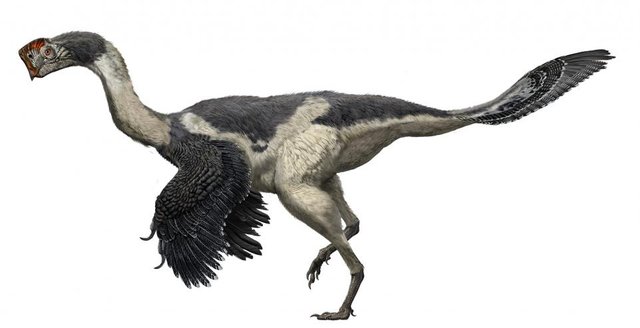Were Dinosaur Eggs More Reptilian or Birdlike?
Our understanding of dinosaurs has come a remarkably long way. We once imagined the prehistoric creatures as giant scaly lizards, cold-blooded and violently bloodthirsty. Overtime, thanks to paleontologists around the world, our view of what dinosaurs truly were has changed greatly. We now know that some dinosaurs were warmblooded, unlike true reptiles. Others had feathers for egg brooding, or were even covered in a feathery, fur-like down. We have evidence that they are far more closely related to birds, and many moved and resembled modern bird species. Unlike the bloodthirsty killers we depicted them as, many dinosaurs invested a great deal of care in their young, watching over their eggs and guarding their hatchlings. Illustrating how far we've come, the two depictions of a Tyrannosaurus rex below hardly seem to resemble the same animal.
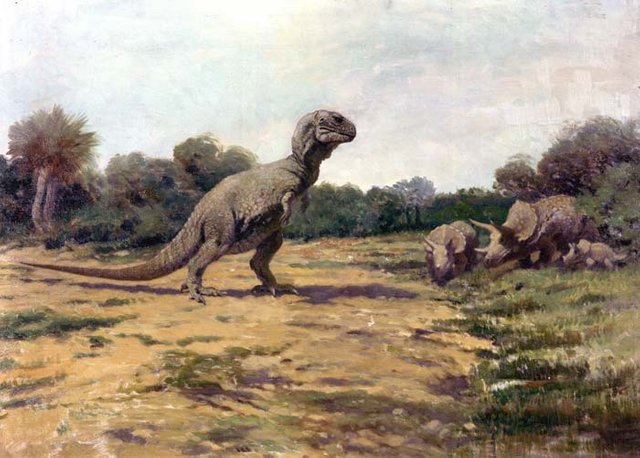
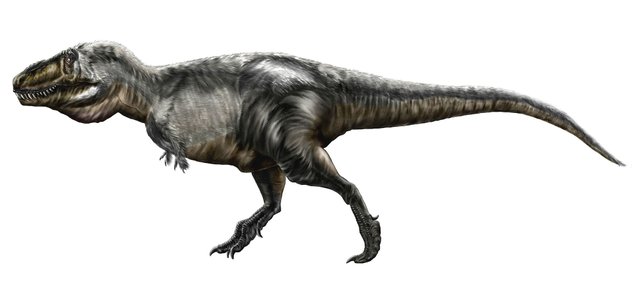
There is still debate about how "reptilian" dinosaurs actually were. While they are the ancestors of modern birds, they themselves descended from ancient reptiles (archosaurs), and do bear many similarities to today's reptile species. In order to research the reptilian/avian nature of dinosaurs, Gregory Erickson of Florida State University undertook a study examining dinosaur egg development. On average, bird eggs tend to hatch rather quickly (many in just a few weeks), while reptile eggs can take far longer for the young to emerge (often several months of incubating). Erickson reasoned that if the eggs developed more quickly, it would drive a further wedge between dinosaurs and reptiles.
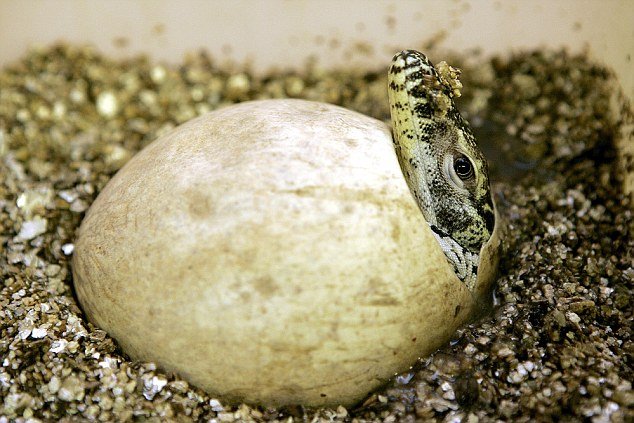
The team looked at two sets of fossilized dinosaur eggs; a Mongolian nest belonging to Protoceratops andrewsi (a sheep-sized dinosaur from around 70 million years ago), and a Canadian nest belonging to Hypacrosaurus stebingeri (a contemporary that was somewhere between the size of a rhino and elephant). Using x-rays, Erickson and his team examined the teeth of the embryos in each egg. If you look at a cross section of the teeth, you would be able to see growth rings called von Ebner lines (similar to the annual rings that you see in trees). In all modern species that possess von Ebner lines, each line represents one day's growth; paleontologists believe this to be true for dinosaurs as well.

Erickson and his colleagues also had to assume that dinosaurs began growing teeth approximately halfway through embryonic development (based on when crocodilians begin developing teeth). They concluded that the P. andrewsi eggs were around 83 days old (and still in the earlier bound of their incubation). To compare this data with modern species, an ostrich has an incubation period of 42 days while a komodo dragon requires 200+ (both these animals are comparable in size to P. andrewsi). According to the same calculations, Erickson concluded that the larger eggs of H. stebingeri needed around 171 days to hatch. Obviously, there are no egg-laying animals today that are the size of H. stebingeri but projections based on size and incubation length data of modern birds and reptiles suggest that this length of time is significantly more than what would be expected if H. stebingeri developed in a more birdlike fashion.
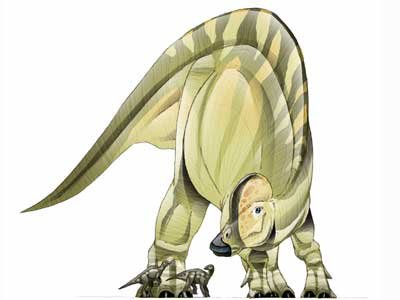
While dinosaurs are far more avian than we once believed, studies like this do prove that they still retain many reptilian characteristics (they are descended from reptiles after all). Though we still have a long way to go to completely understand these animals, these kinds of studies show that the answer is not so cut and dry; dinosaurs were complex animals are bore similarities to both modern birds AND reptiles.
